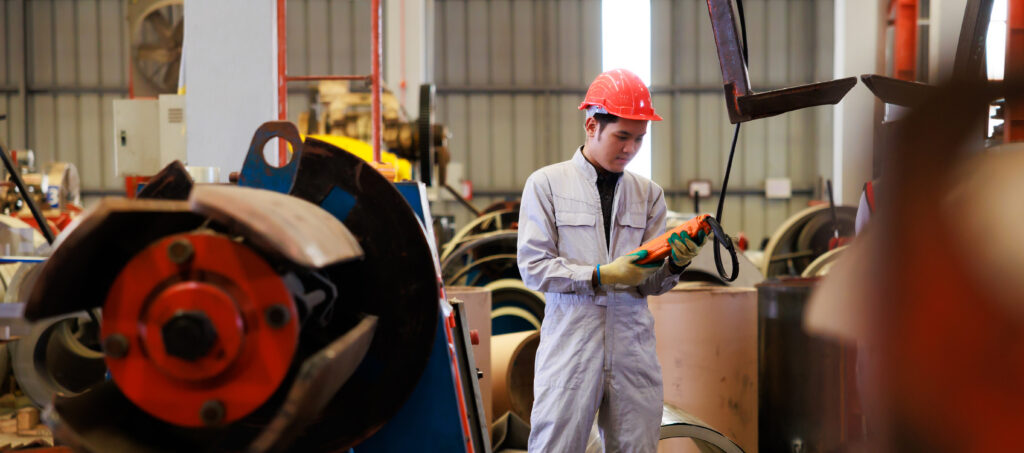Request a call back
Structural erection safety
The new rule outlines procedures for several practices that were not addressed in the previous standard. It establishes procedures for multiple rigged lifts, detailed requirements for daily crane inspections, rigging inspections, rigger qualifications and connecting methods. The most notable change is that it establishes a height of 15 feet as the new action level for fall protection.
The specific training that must be given to employees who are exposed to falls, as well as special training programs for multiple rigged lifts, connectors and employees who are involved in mechanical erection work.
Duration: Half day/Full day
Training Mode: Face to Face training with live demonstration/ Virtual
Scope: Training content, Delivery, Awarding Certificate


Crane operator and rigging safety
Rigging and slinging, sometimes also referred to as hoisting, is an important step in the manoeuvring of heavy objects in many workplaces. It is most common to see rigging done on construction sites, or out at sea on cargo ships. Sometimes it is impossible to move an object through other means, so it becomes necessary to employ the services of a rigger. While this can be done on land or while out at sea, it is essential that whoever is undertaking the task of rigging and slinging knows how to do so safely, so that they are not put at risk, and so that those around them are not exposed to danger. Safe rigging is important because there are many variables that are at play while a rigger attempts to hoist a large object. Rigging is not a task that should be completed in a hurry. It requires knowledge, mathematical precision, and determination.
While it is necessary to do hands-on rigging and slinging training, it can be very beneficial to educate yourself through other means. As mentioned earlier, being an experienced rigger can be very important when it comes to managing safety on a worksite. However, this experience can only come with time and exposure. The best way to ensure that you keep yourself and others safe when starting out is to increase that exposure in any way possible.
Duration: Half day/Full day
Training Mode: Face to Face/ Virtual
Scope: Training content, Delivery, Awarding Certificate
